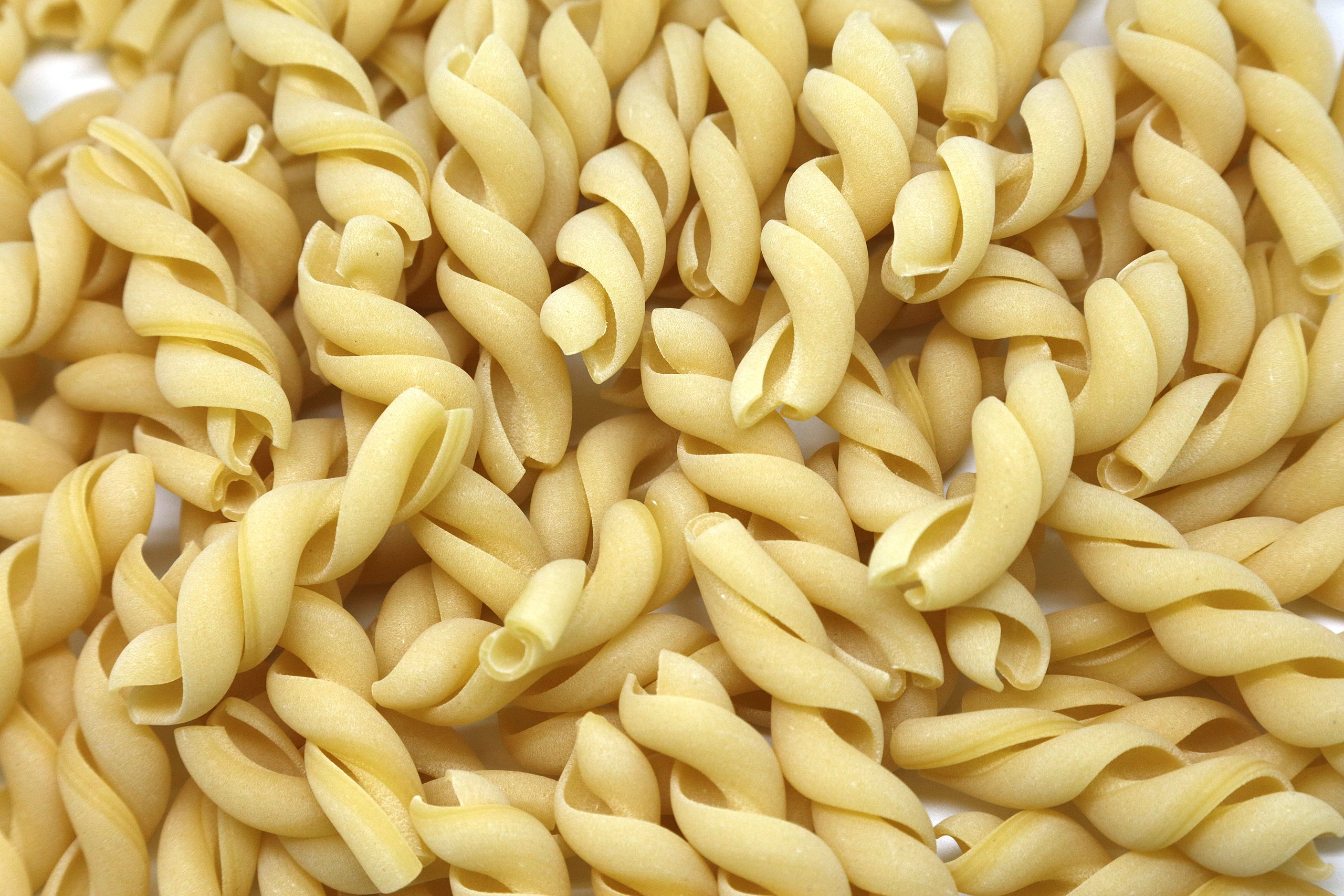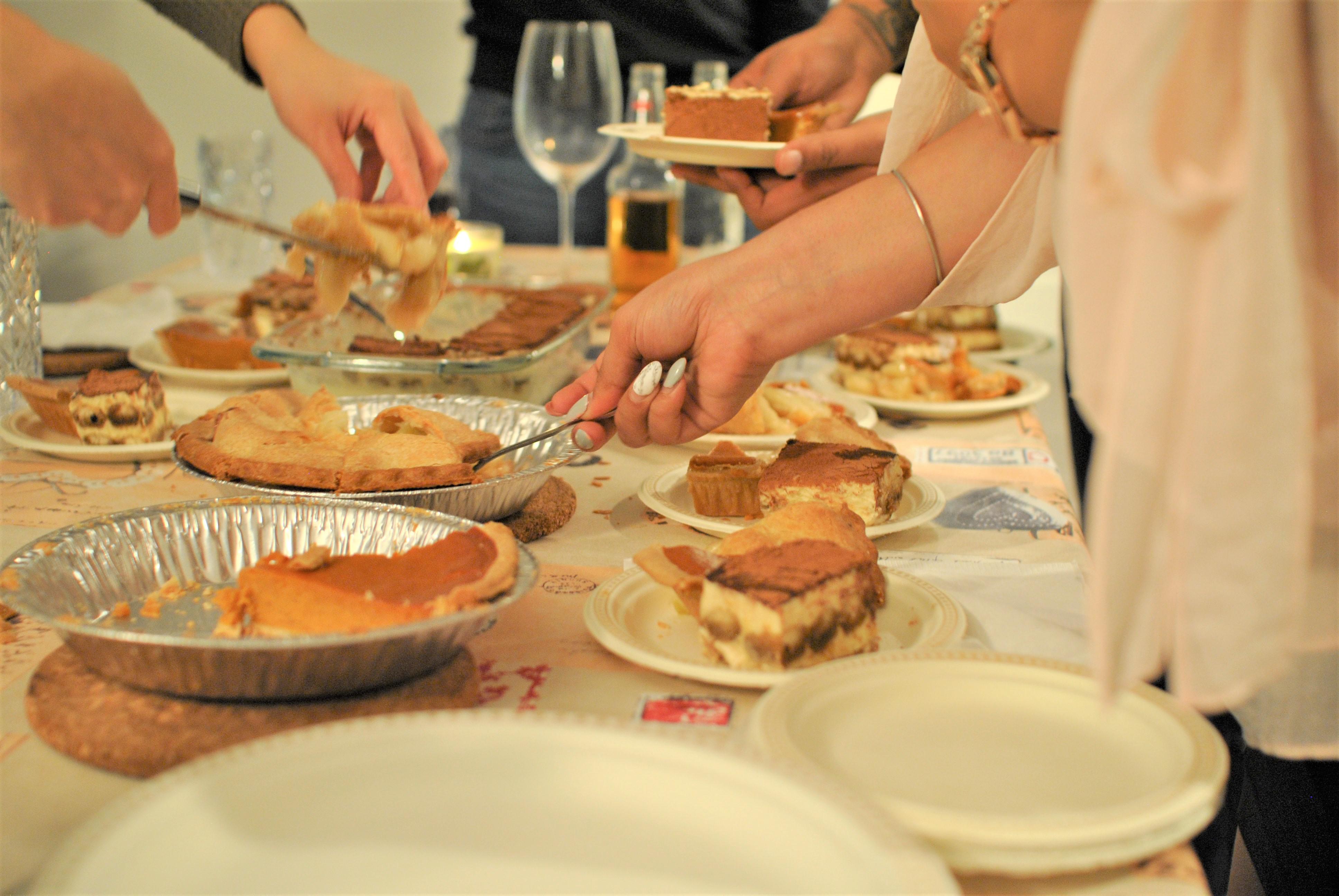There is no such thing as Italian food

The world’s favourite national cuisine? Nice try, Mexico. Keep cooking, India. Close but no cigar, China. Better luck next time, France. The winner, hands-down, is Italy.
Don’t take our word for it. In 2011, Oxfam determined that pasta was the world’s #1 favorite food. And in 2016, the Guinness World Record for high-altitude meal delivery was set on the summit of Mount Kilimanjaro (5,897 m; 19,347 ft), not with a pair of fish tacos or a chicken madras, but… a pepperoni pizza with extra cheese (1).
There’s scarcely a latitude without a pizzeria. The world’s northernmost one apparently is in Kirkenes (The Ritz, a multi-purpose ‘Pizzeria Diskotek Fotballpub’). The world’s southernmost one might very well be the Rotiseria Sol Y Mar in Ushuaia, Argentina.
All nations on Earth—with one notable and very ironic exception (2)—seem to have at least one Italian restaurant. You can go dine Italian-style in Kabul, Tehran—and even in Pyongyang. The North Korean capital has three branches of a local chain generically named ‘Italy Pizza’. (The fruit pizza on the menu may not be to everyone’s taste, though).
Too bad, then, that it’s all a sham. Italian food doesn’t really exist. Or rather, ‘Italian food’ as a unified category exists only outside Italy. Inside the boot-shaped country, there are only regional cuisines, with some dishes being entirely local and others existing in a variety of local versions.
A variety that sometimes frustrates even the most knowledgeable of outsiders. On one of his televised tours of Italy, U.K. celebrity chef Jamie Oliver got visibly frustrated by the locals’ insistence that their pasta should be prepared like this and not like that, because it had always been like this, and that was how they did it over there!
The past offers an explanation: although Italy has plenty of ancient history, the modern, unified state of Italy is a fairly recent invention, coming about only in 1861. All those separate dukedoms, republics and principalities that went before had long histories and their own laws, customs, cultures and cuisines.
That’s one reason why the various regions of Italy, and sometimes even individual cities and towns, jealously guard the distinctiveness of their culinary tradition. Traditional Tuscan bread is made without salt—the aftereffect of an ancient (and now abolished) salt tax. Parma—and nowhere else—is the original home of both Parmigiano (cheese) and prosciutto (ham).
Climate and geography play a part as well: the north, more suited for dairy farming, prefers cream and butter for cooking over olive oil. And then there are foreign influences. Sicily and other parts of the south have taken on board Arab influences, such as a preference for spices and herbs, couscous, and oranges.
Here’s a map that gives an overview of Italy’s culinary diversity, and a chance to re-acquaint yourself with the country’s geography.

Starting in the north, we have:
- Valle d’Aosta, known for its fonduta and fontina cheeses, kale and valpelline soup.
- Liguria, famous for its focaccia and pesto.
- Piemonte, the origin of vitello tonnato (veal in tuna sauce), and also known for brasato al Barolo (beef cooked in red wine).
- Lombardy, a rice-growing region, hence the dozens of risotto recipes. The region is also known for its ossobuco, a beef cut with bone opened to the marrow.
- Trentino-Alto-Adige, home to Italy’s German-speaking minority, with some repercussions for local favorites, such as knödeln (canederli in Italian), strudel and speck.
- Veneto, rich in culinary influences and output, which includes cicchetti, a tapas-like appetizer, and tiramisu (literally: ‘pull-me-up’), a rich dessert.
- Friuli-Venezia-Giulia, which has a tradition of serving bollito misto (mixed platter of boiled meats) with beer, reflecting the Austrian influence.
- Emilia-Romagna, the capital of which is Bologna, nicknamed la grassa (‘the fat one’) and famous for its tagliatelle alla Bolognese. Italians would never, as the rest of the world does, combine spaghetti with Bolognese sauce (3).
In the centre, there is
- Tuscany, humble-bragging with its ‘povera cucina’, home of pecorino cheese and Brunello wine.
- Umbria, famous for truffles and—unfortunately for the pigs that suck at sniffing out those subterranean delicacies—also for its porchetta, a rich dish based on roast pork.
- Marche, known for olives and lasagna, especially vincisgrassi, a variant said to be prepared in honour of Alfred von Windisch-Graetz, an Austrian general in the war against Napoleon
- Lazio, which entails Rome, and thus also a central place in Italy’s food history: from the pasta carbonara over guanciale (pork cheek, an important ingredient for pasta amatriciana) to oxtail.
- Abruzzo, where they grow and eat a lot of pepperoncini, for example in the maiale ‘ndocca ‘ndocca (‘pig piece by piece’).
- Tiny Molise, where you can get the best spaghetti alla chitarra (guitar spaghetti), square rather than round in shape, or the coniglio alla molisana (grilled rabbit with sausage and herbs).
And finally, the south, with
- Campania, which includes Naples, home of the pizza. The region is also known for its meatballs and its long tradition in strong coffee.
- Puglia, which excels in handmade pasta (including orecchiette, or ‘small ears’).
- Basilicata, priding itself on its bacalla con i pepperoni cruschi (salted cod with dried bell peppers), and on its extensive pepper cultivation in general.
- Calabria, where you can get good involtini di pesce spada (breaded swordfish rolls).
- Sardinia, famous for its thin, crunchy bread known as pane sardo and its malloreddus al sugo di salsiccia, a gnocchi-like pasta with sausage sauce.
- Sicily, with its arancine di riso, a popular appetiser; its pasta con le sarde (sardine pasta); and its citrus groves, which have given Italy and the world the sorbet.
Here is a similar take on the regional diversity of Italian cuisine, with fewer examples but all of them in the picture—in fact, the foods maketh the map itself.

Italians may argue on what are the highlights of Italian cuisine and how to prepare them, on one thing they all agree: Italy is the home of good food. The further away they get from their country of origin, the worse the experience: from fattening over tasteless to toxic.
America, though it has done so much to popularise the dish, is the home of ‘fake pizza’. China, though it is whence Marco Polo imported it, is the home of ‘fake pasta’. And they’re not too kind either about their neighbours in the Mediterranean, which is traversed by two meridians: one for overcooked pasta, the other one for muddy coffee.

First map found here at Walks of Italy. Second map found here at A Foodie World. Third map from Yanko Tsvetkov’s Atlas of Prejudice found here at Brilliant Maps.
Update 10 May 2018
Here’s another take on Italy’s regional recipes, created and sent in by Marco Zanini:

Massimo Barbieri sent in a similar map, focusing on the varieties of wine produced throughout Italy.

Strange Maps #902
Got a strange map? Let me know at strangemaps@gmail.com.
(1) A stunt by Pizza Hut to celebrate the chain’s expansion into its 100th market, Tanzania (location of the Kilimanjaro, Africa’s highest mountain). The pizza was delivered from Dar-es-Salaam via plane, jeep and a relay of hikers, using a specially-designed backpack to keep the food warm and fresh.
(2) The Vatican—in the middle of Rome—does not appear to have a restaurant.
UPDATE, 10 May 2018. Reader Loye W. Young points out: “The Vatican does indeed have a restaurant, Il Ristorante (I have eaten there), and it does serve Italian food (pizza being the most notable, of course). It’s a cafeteria, but also offers take-out, and even some catering. (Apparently, even the Vaticanistas need pizza and Coke for long meetings.)”
(3) Similarly, spaghetti with meatballs is an American invention and an abomination to Italians of a culinarily sensitive disposition.
(4) Like Italy itself, the modern pizza is a fairly recent invention. Italy’s first pizzeria was established only in 1780 by Pietro Colicchio, in Naples. In 1889, Raffaele Esposito popularised the dish by designing the pizza alla Margherita in honour of a visit to the city by Italy’s new queen. Hence the name, and the patriotic ingredients, in the three colours of the Italian flag: red (tomatoes), white (mozzarella) and green (basil). The dish took off in Naples, and via Neapolitan immigrants, in America as well – and faster than in the rest of Italy. The word ‘pizzeria’ didn’t appear in print in Italy until 1918.





